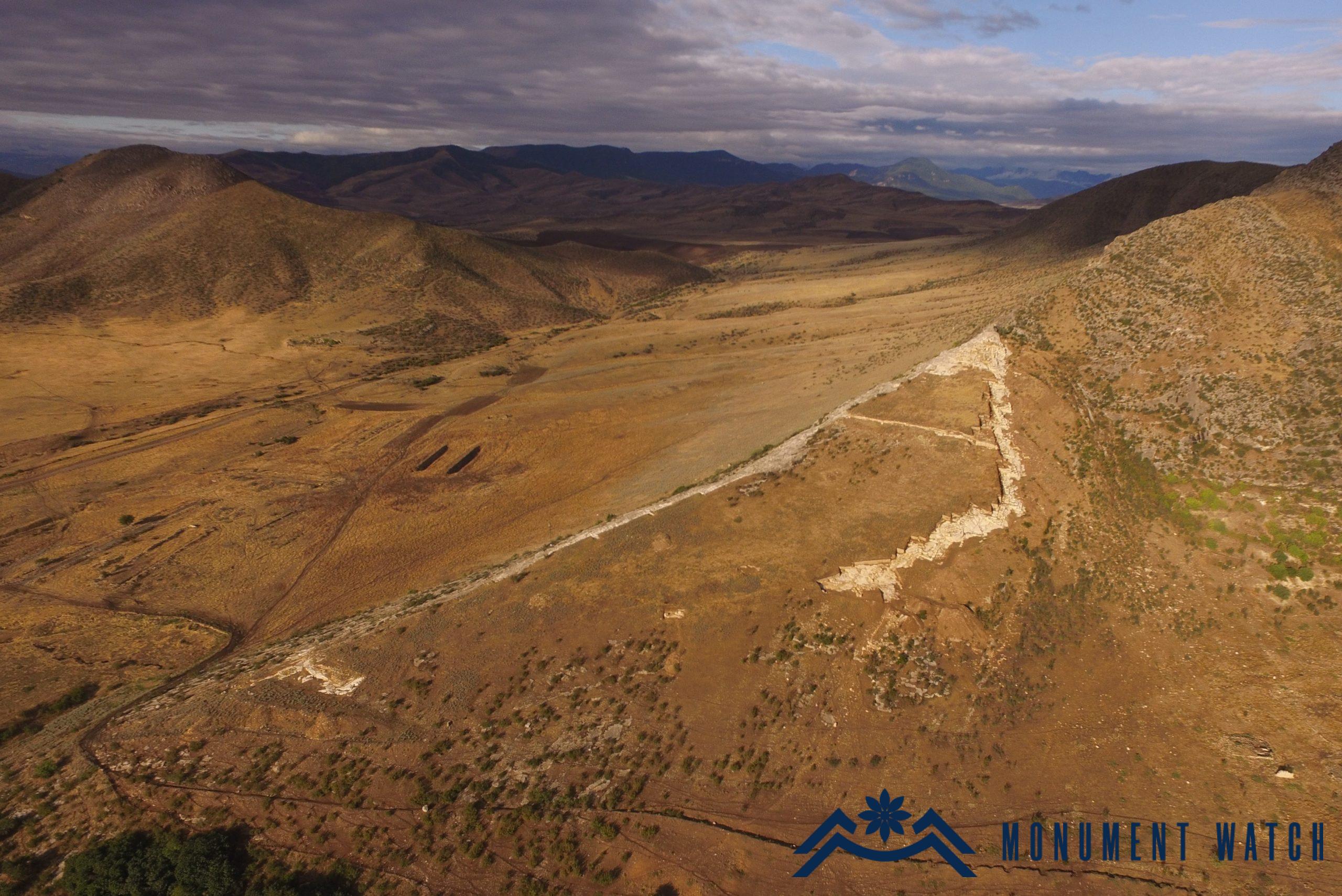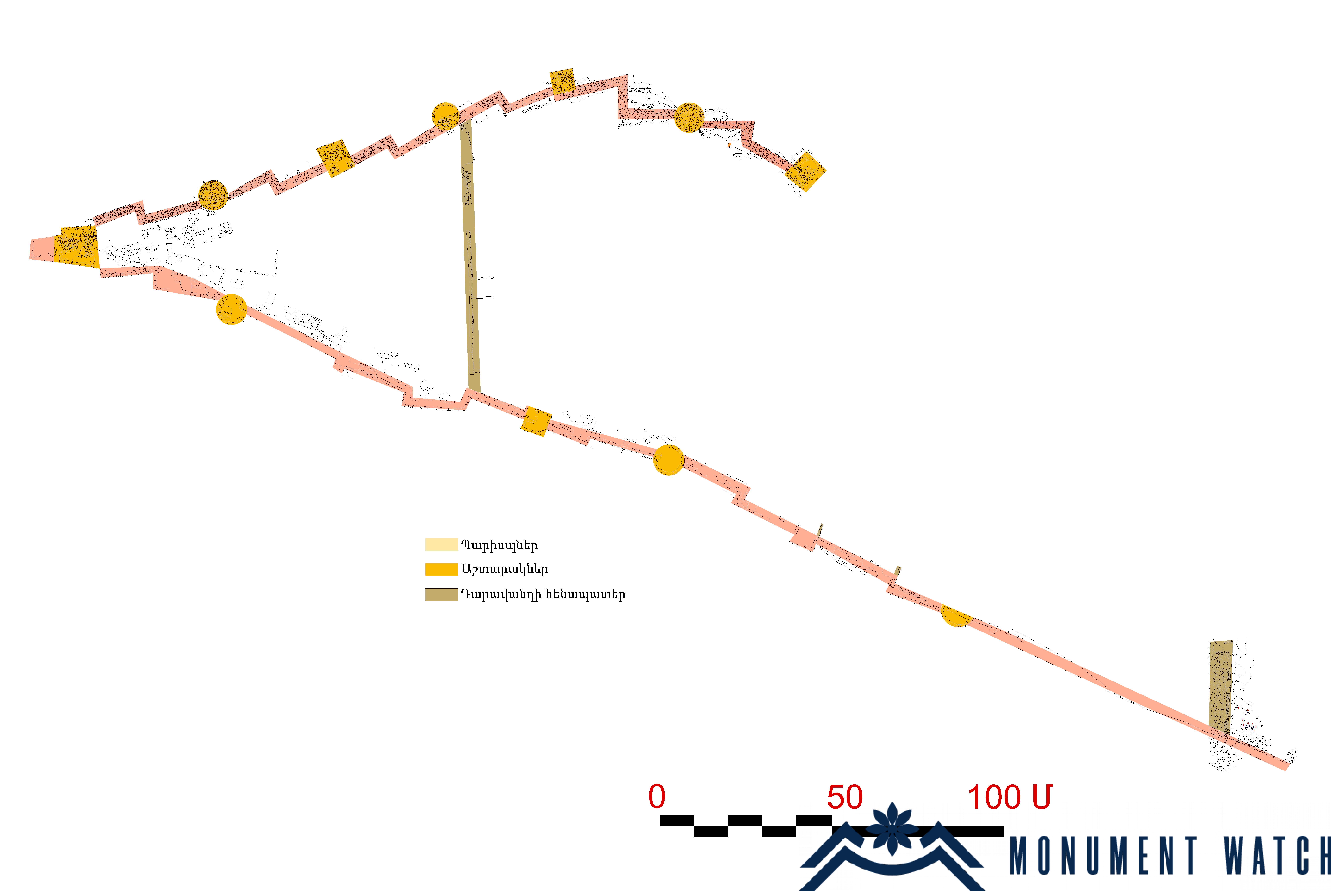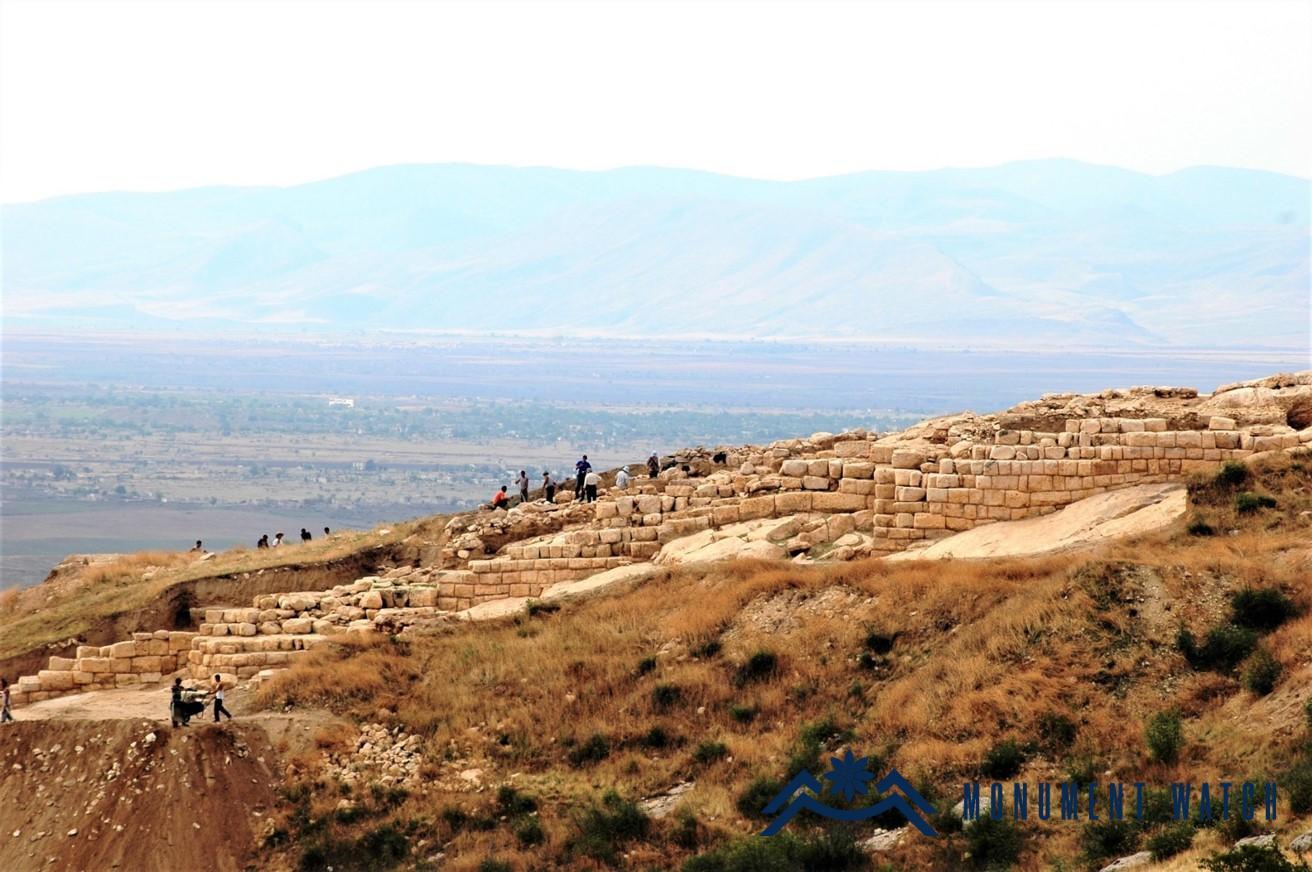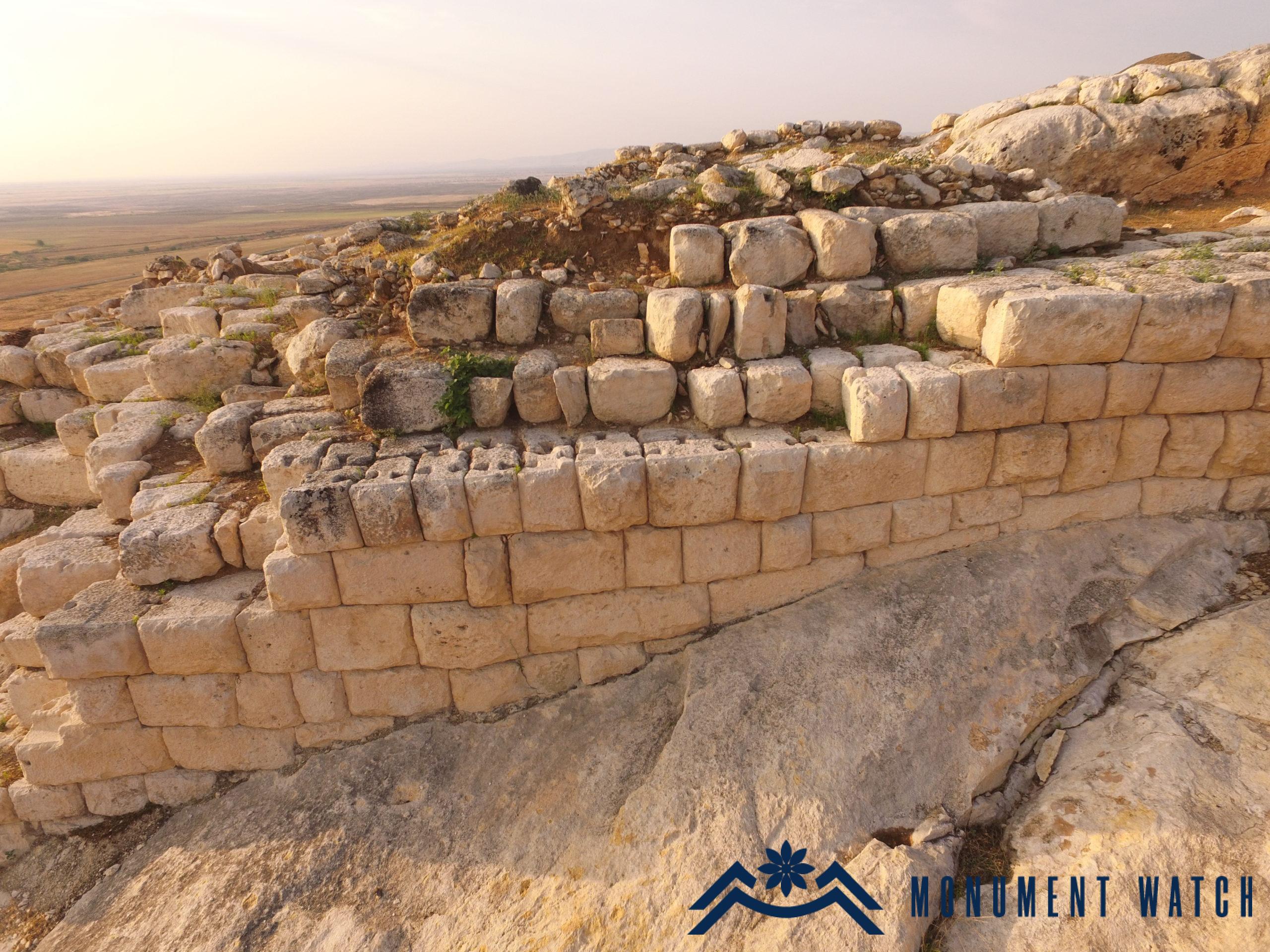Tigranakert of Artsakh does exist regardless of what Azerbaijani propaganda says about it
On July 22, 2022, a documentary with obvious anti-Armenian propaganda overtones was shown on the Azerbaijani Russian-language CBC TV Azerbaijan channel, where the Azerbaijani side mentioned Tigranakert of Artsakh. In particular, it was told that during the occupation of Karabakh, Armenians “invented their ancient cities”, which are located on Azerbaijani lands. It is noted that in addition to making changes to toponyms, the Armenian side carried out "illegal" excavations without the involvement of international experts and without serious scientific justification. The film says that after 2020, the Armenian side "changed the coordinates of the location of the fictional Tigranakert", transferring that to modern Turkey.
Ancient Tigranakert, thousands of stone blocks of which have survived to this day, is a classic example of Hellenistic urban planning and fortification. Its prototype was developed in the third century BC in Alexandria, then the urban layout, which became a model for the construction of many Hellenistic cities, spread throughout Asia Minor, reached Armenia and was first applied in Artashat. Here is a part of "Tigranakert of Artsakh", an English-language article by Hamlet Petrosyan published in "Aramazd" journal in Oxford (Petrosyan, Hamlet. 2020. Tigranakert of Artsakh. Aramazd. Armenian Journal of Near Eastern Studies 10/1–2. 327–371):
“The whole fortification system of Tigranakert consists of three constructive elements, a rectangular tower, a round tower, and a polyline or zigzag wall connecting the towers. The zigzag wall consists of two wings and part of the zigzag: the wings are strictly rectilinear, the turns are rectangular or acute. The zigzag wall has different lengths (the shortest length is 7 m, the longest 25.5 m, the length of the zigzag part is 1.5-9.8 m) and directions, depending on the relief. The fortress of Tigarnakert itself is a triangular model (Figure 5), the important elements of which are the towers, rectangular (length of sides, 7-8 m) and round (diameter, up to 9 m), as well as the wall connecting them, which has one zigzag. The different lengths and directions of the walls represent the technical means that helped the triangular model adapt to the natural defensive opportunities of the landscape.
With the common features of this construction technique (rock-cut base; foundations with stone blocks and dry masonry providing wall strength from the sheer weight of blocks; the wide use of the swallow-tail connections, along with lime mortar and the formation of the upper part using mudbricks), the sizes of the separate elements of Tigranakert’s defensive system (thickness of the wall, sizes of quadrangle towers) reveal parallels with other Near Eastern Hellenistic sites (Milet, Ephesus, Pergamon, Priene, Magnesia on the Meander, Dura-Europos, etc.).
From the point of view of the layout and architectural solutions, it was very similar to Priene (e.g. a triangular citadel dominating the surrounding area, districts with regular planning spread at the foot, and zigzag walls) and Dura-Europos (wall constructions), dating to the turn of the 3rd-2nd centuries BC, and especially to Artashat (i.e. a triangular citadel dominating the area; districts with regular planning spread around the base of the hills; zigzag walls; and juxtapositions of rectangular and round towers). In some of its details, in terms of structural technique, it was very close in design to the synchronous fortification of Armaztsikhe-Bagineti. The study of these parallels has meant that we can confirm that Tigarnakert reflects the full benefits of an advanced architectural mindset and building technique. These circumstances made Tigranakert one of the key sites of the 1st century BC – 1st century AD, being better preserved than the complexes of the above-mentioned sites.
The rock-cut bases of the walls in the fortified district of the city, with their huge sizes, are notable for their regularity of construction, perfect symmetry, neat working of flagstones, joined using Hellenistic methods (i.e. ‘swallow-tail’ connections). All these features undoubtedly attest that they were built via the collaborations of skilled and innovative architects and craftsmen. Only such combinations of thought, materials and labour could result in the realisation of such а grandiose project in such a demanding setting, reflecting total state mobilisation, something which confirms again that we are dealing with both royal and state initiative and power” (pp.334-335).
Did any of the Azerbaijani experts try to refute this with counterarguments? Of course not. Are the propagandists of Aliyev familiar with all this? Otherwise, why do they constantly state that Armenian archaeologists carried out excavations without permission (while the excavations were carried out according to the permission issued by the authorities of Artsakh), each time asserting that Tigranakert was invented? Undoubtedly, all this clearly point out that they are not used to speaking the language of facts and science. It is difficult and often pointless for a researcher to respond to the nonsense of the propagandists. Why has not a single more or less competent Azerbaijani researcher made a speech yet?



